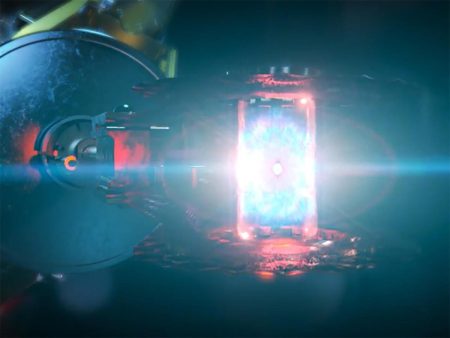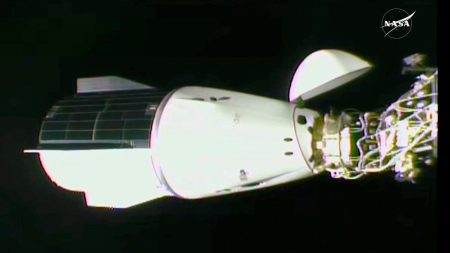NASA’s Perseverance Rover Unlocks Secrets of Mars Through Sample Collection
A New Era of Martian Exploration
NASA’s Perseverance rover has been tirelessly collecting samples from Mars, gathering rock cores, soil fragments, and even dust particles. These samples, meticulously collected and stored, are the first step in a historic endeavor: bringing pieces of Mars back to Earth. The process of cataloging these samples is now underway, ahead of NASA’s ambitious Mars Sample Return program. While the program is still in the planning stages, the initial findings from the rover’s discoveries are already reshaping our understanding of the Red Planet.
Uncovering Clues of Mars’ Past
The samples collected by Perseverance reveal a compelling story of Mars’ history. Scientists have identified millimeter-sized grains in the soil that originate from at least two distinct regions on Mars. These grains show evidence of past water exposure, hinting at conditions that could have once supported life. While the data is promising, the question of whether microbial life existed on Mars remains unanswered—until the samples are analyzed in Earth-based laboratories. The presence of water-exposed minerals suggests that certain areas of Mars may have been habitable in the past, a discovery that could have profound implications for the search for life beyond Earth.
The Broader Significance of Martian Samples
The Martian samples are not just about uncovering the Red Planet’s history; they also hold valuable insights for understanding our own planet. "The samples will help us learn more about Mars, but they can also help us learn more about Earth," says Libby Hausrath, a geochemist at the University of Nevada and a member of NASA’s Mars Sample Return team. This is because the surface of Mars is far older than Earth’s, offering a glimpse into a geological past that is no longer visible on our own planet. By studying these samples, scientists can gain a deeper understanding of how planets evolve over time—a discovery that could shed light on Earth’s own history.
The Role of Robotic Explorers in Martian Research
Robotic explorers like the Perseverance rover have been instrumental in uncovering the secrets of Mars. Equipped with advanced instruments such as cameras, spectrometers, and remote sensors, the rover has been able to measure the chemistry and mineralogy of Martian regolith—the loose, fragmented layer of dust, soil, and broken rock that covers the planet’s surface. The ability to analyze these samples on Mars is a remarkable achievement, but it also has limitations. "It’s like a video game to see these images of Mars up close," Hausrath remarks, describing the process of zooming in on rocks and soil, identifying sampling spots, and determining their composition. However, the constraints of weight, size, and power mean that the rover’s onboard instruments can only do so much.
The Challenges of Onboard Analysis
While the Perseverance rover has made groundbreaking discoveries, its onboard instruments are limited in their capabilities. The rover can only sample loose material less than 8 mm in size, collecting it from the surface to a depth of about 4–6 cm. These samples are then sealed in titanium tubes and either stored on the rover or left on the Martian surface for potential retrieval. However, some scientific instruments are simply too large or complex to be miniaturized and sent to Mars. This is why bringing the samples back to Earth is so crucial. Once the samples are on our planet, scientists will be able to use advanced lab equipment to analyze them with much finer resolution and higher precision than is possible on Mars.
Looking Ahead to the Future of Martian Research
The Martian samples are currently waiting on the Red Planet, stored in sealed tubes until a robotic lander can retrieve them—hopefully in the 2030s. Once they are brought back to Earth, scientists will be able to conduct detailed analyses that could reveal the presence of microbial life, shed light on Mars’ geological history, and provide new insights into the planet’s potential habitability. The study of these samples will be a collaborative effort, combining the work of robots and human scientists. "To get the data back and be able to target a specific rock or soil area, and be able to take measurements and decipher information from a tiny sample or specks of dust on another planet is just mind-blowing," Hausrath concludes.
The discoveries made by the Perseverance rover and the upcoming Mars Sample Return program represent a new chapter in our exploration of Mars. By bridging the gap between robotic exploration and human-driven scientific inquiry, these efforts are paving the way for future missions that could one day see humans set foot on the Red Planet. The study of Perseverance’s first rock samples, published in the journal JGR Planets, is just the beginning of an exciting journey that could unlock the secrets of Mars—and beyond.









